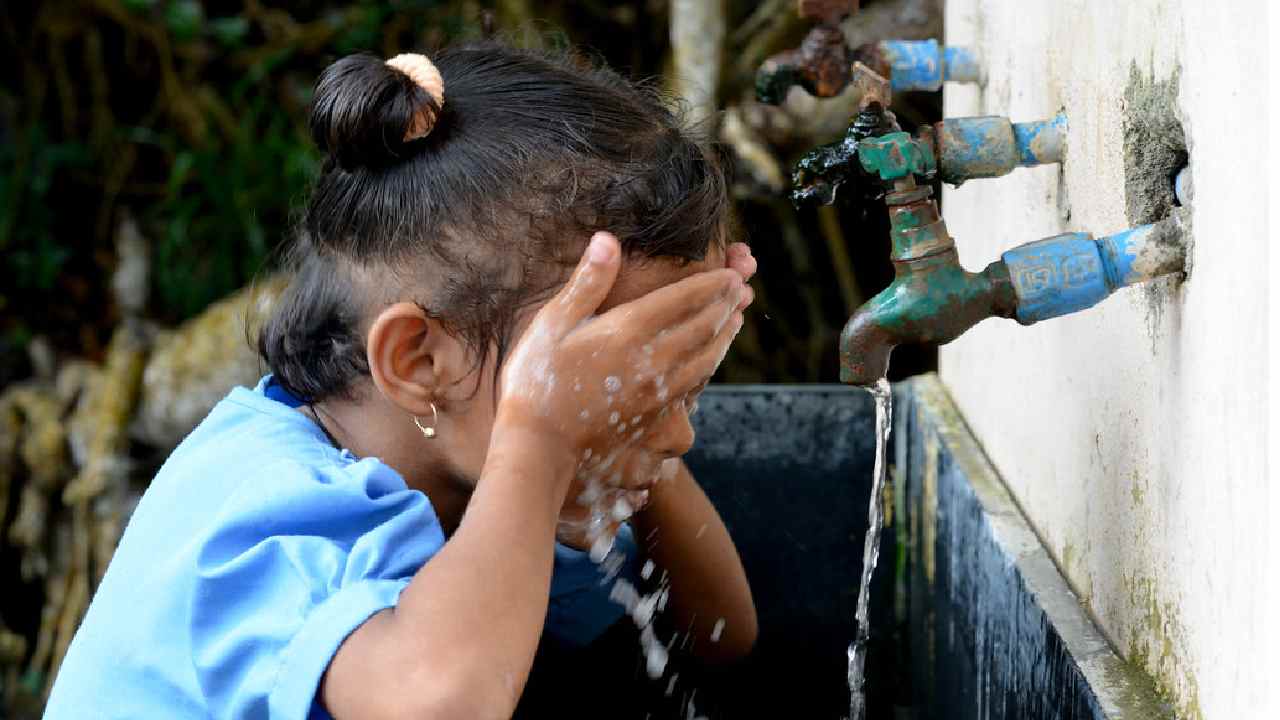Sixty percent of rural households now have access to clean drinking water through taps, according to the press statement issued by the Ministry of Jal Shakti. More than 1.55 lakh villages, (25% of total number of villages), in India have so far reported ‘Har Ghar Jal’, i.e., every household in these villages has access to clean drinking water through taps at their household premises. In the current year from January to March 2023, one tap connection has been provided every second under Jal Jeevan Mission. This is a remarkable feat, wherein during the first three months of 2023, 86,894 new tap water connections have been provided every day, on an average.
The overall financial commitment for Jal Jeevan Mission is ₹3600 billion ($43.80 billion) which makes it one of the largest welfare programmes in the world. At the time of the launch of the Mission in August 2019, out of 19.43 Crore rural households, only 3.23 Crore (16.65%) had access to tap water. Despite several disruptions in recent years due to the pandemic, states and Union Territories have made persistent efforts to implement the Jal Jeevan Mission.
The statement says that the country crossed another milestone in the journey towards ‘Har Ghar Jal’ on April 4, 2023, with over 11.66 Crore (60%) rural households provided with tap water supply in their homes. 5 states of Gujarat, Telangana, Goa, Haryana, and Punjab and 3 Union Territories of Andaman & Nicobar Islands, Daman Diu & Dadra Nagar Haveli and Puducherry have reported 100% coverage. The country is steadily progressing towards covering all the rural households will have safe drinking water through taps.
The focus in the mission is on service delivery in terms of sufficiency, safety, and regularity of water supply. The speed and scale of implementation of JJM has been unprecedented. In just about 3 years, more than 8.42 crore rural households with more than 40 crore people (@4.95 persons per rural household, source IMIS) have been benefitted under the programme.
With focus on health and well-being of children, special efforts have been made to provide tap water connection in all rural schools, anganwadi centres and ashramshalas (tribal residential schools) for drinking, cooking mid-day meal, hand washing and use in toilets. As on date, tap water supply has been provided in 9.03 lakh (88.26%) schools and 9.36 lakh (83.71%) anganwadi centres.
“Supply of safe water” has been one of the key considerations under the JJM. At the time of launch of JJM, there were 14,020 Arsenic and 7,996 Fluoride affected reported habitations in the country. In a short span of 3 years, since the launch of JJM, with concerted efforts of states/UTs, the number of such habitations has reduced to 612 and 431 respectively. Even in these habitations, safe water is now available for drinking and cooking, to all the people. In effect, all 1.79 crore people livening in Arsenic or Fluoride affected habitations, are now getting safe water for drinking and cooking purposes.


























